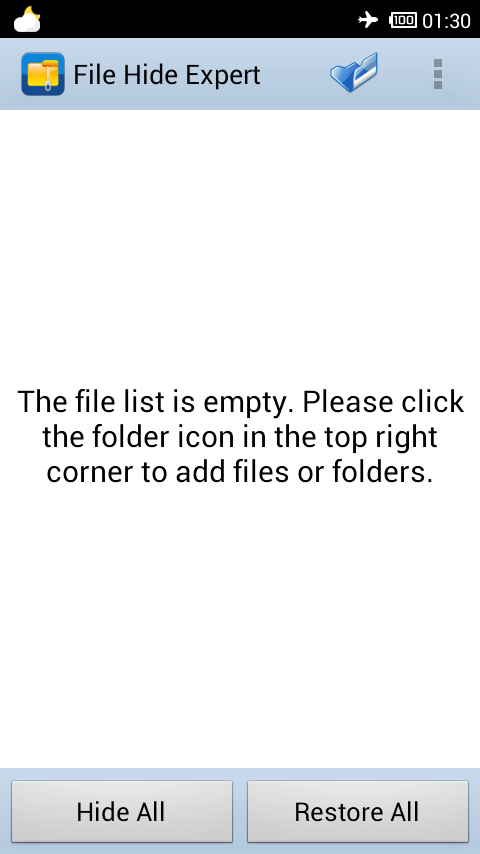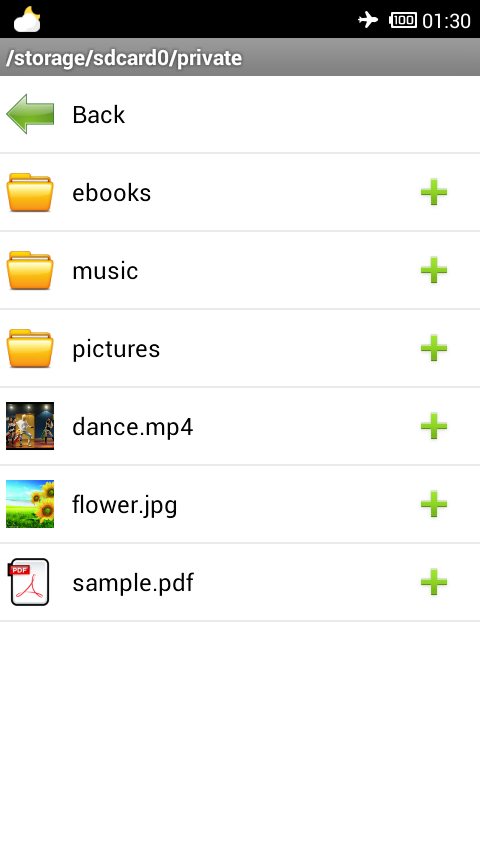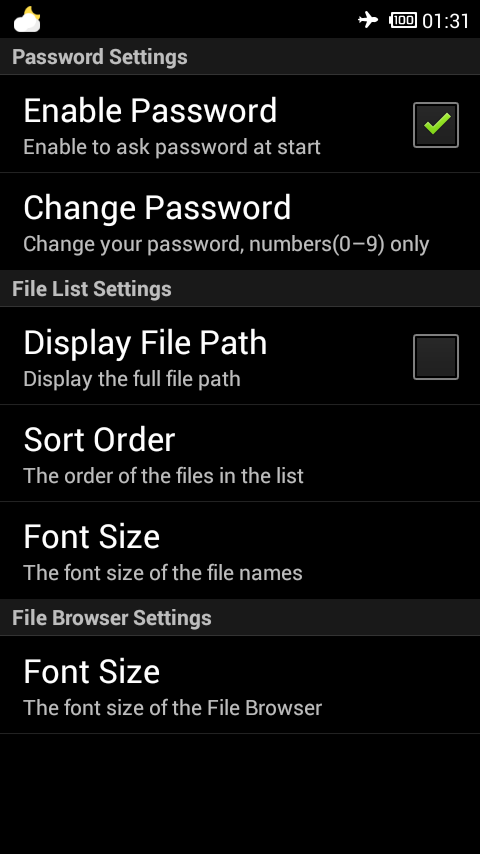
How easy would it be for someone
to assume your identity if they had control of your smartphone?
Depending on how elaborate your internal defenses are, they would be
able to text people as you, post to your Facebook account, maybe even
access your bank accounts or make purchases in your name.
Technology has made these strange little devices a part of our identity. The idea that smartphones have become an extension of the self
is not a new one. Just as you disclose parts of yourself to some people
yet hide them from others, the desire to tuck away files, photos, or
applications on your smartphone is a popular one.
Maybe you’ve got some pictures that you’d really prefer your mother not
stumble across if she needs to borrow your phone. Maybe you have some
private documents that contain sensitive personal information. Maybe you
have apps that aren’t quite ‘child friendly’ enough for you to feel
safe handing over your phone to your nephew so he can play Angry Birds.
Whatever the reason, there are
plenty of options when it comes to hiding content on your phone. We’re
going to look at a few of them here and discuss the benefits and risks
of each.
How to Hide Files
Most Android devices don’t
actually have a stock ability to hide stuff, so no matter what you’re
looking to do, you’re probably going to have to resort to third-party
apps. Let’s start with the basics and learn to hide some files in general.
A solid app for this task is File Hide Expert. It’s a free app, and it lets you hide and unhide any file on your phone with ease. To
get this up and running, first download the app from the Google Play
Store. When you open the app, you’ll receive a message indicating that
the hidden file list is empty. Tap the folder icon in the top-right of
the screen to begin hiding files.

The app works like a basic file
management app. As long as you know where the file is located, you can
hide it regardless of type. Check off any files you want to hide, and
then head back to your main screen.

From here, hitting “Hide All”
will spirit away all of your files, making them inaccessible to snooping
phone borrowers. They’ll no longer appear in other file managers or
galleries. To bring them back, simply open File Hide Expert again and
tap “Restore All.”

Of course, this hardly keeps your
content safe. After all, anyone can just open up File Hide Expert and
see all the files you don’t want them to see in one easy-to-access list.
A smart idea will be to use File Hide Expert’s password capabilities.

Tap the Menu button and then
Settings. The very first option will be to enable a password. Check that
box, and you’ll be prompted to enter a password to use. Be careful not
to forget this, because you’ll need to use it every time you boot up
File Hide Expert. You don’t want to get into a situation where you can’t
restore the files you’ve hidden!
How to Hide Photos
Now, although File Hide Expert
technically works for any kind of file you can imagine, it’s not really
the most efficient way to hide photos. If you’re the kind of person who
like snapping the occasional risque pic every now and then, you might
have a better experience with KeepSafe.
KeepSafe basically creates a
digital vault on your phone where you can toss anything that you don’t
want showing up anywhere else. You have to create a PIN to use every
time you want to access your app, and it keeps all of your sensitive
files in one location. There is also an option to back your private
files up on the cloud, if you feel comfortable doing so. That way you
can recover your lost pics if your phone gets lost or broken.
KeepSafe is rapidly becoming one
of the most widely used privacy apps, and the current version is free to
use with premium features available for unlocking at $4.99 a month. The
cloud backup service is free, but the premium version gives you
additional features like snazzy PIN theme, a fake PIN that lets users think
they’ve gained access to your hidden files if they use it, and a
“secret door” that disguises KeepSafe as a utility app unless you
long-press on the icon. Premium members also get a “Break-in Alert”
system that logs failed access attempts so that you can see if someone
else has been trying to get at your private files. In addition to hiding pictures, KeepSafe can also be used as a repository for sensitive data such as passwords and ID cards.

Setting it up is a breeze. Simply
download the app from the Google Play Store and the setup guide will
walk you through setting up a PIN.

That accomplished, you can add
any photos to KeepSafe by opening a folder and tapping the ‘add picture’
icon at the bottom right. Use the browser to select the photos you want
to hide.

Alternatively, you can add files
to the vault by accessing your phone’s normal gallery, tapping the
“Share” button on the desired picture, and selecting KeepSafe from the
list of options. This will move the photo to your private collection and
remove it from the gallery. Easy peasy.
How to Hide Apps
Ever get tired of seeing that
damn NFL Mobile app that came with your phone and which you can’t
uninstall without rooting? Is your app drawer getting crammed with apps
that you rarely use, making it a headache to get to the ones you want?
Hiding apps is a good way to clean up your app tray and keep guest users
from stumbling across any apps you’d rather keep your own business.
Some stock launchers offer this
functionality right out of the box. Most Samsung users, for instance,
have the ability to hide apps without leaning on third party apps. If
your launcher doesn’t support app hiding, give Nova Launcher a spin. It’s an excellent launcher all around, and it gives you the ability to hide apps with a simple and intuitive option.
Install Nova Launcher and open
the app drawer. Navigate to Nova Settings > App & widget
drawers > Hide Apps. Select the apps you want to hide, and they won’t
show up on your app tray anymore.

To reveal an app again, simply return to the same menu and uncheck the desired app.
A Stock Fix
There’s a crazy easy way to hide
whole folders without using third party apps. This simple fix will
prevent photos from showing up in galleries, audio files from showing up
in players, and documents from showing up in editing apps. However, the
files aren’t particularly hidden, because all you’re doing is renaming
the folder in such a way that Android ignores it.
Using any Android file manager,
simply add a “.” to the front of the folder’s name. If you want to get
super sneaky, try renaming the folder something boring like “.simdata”
or “.systeminfo” or whatever.



No comments:
Post a Comment